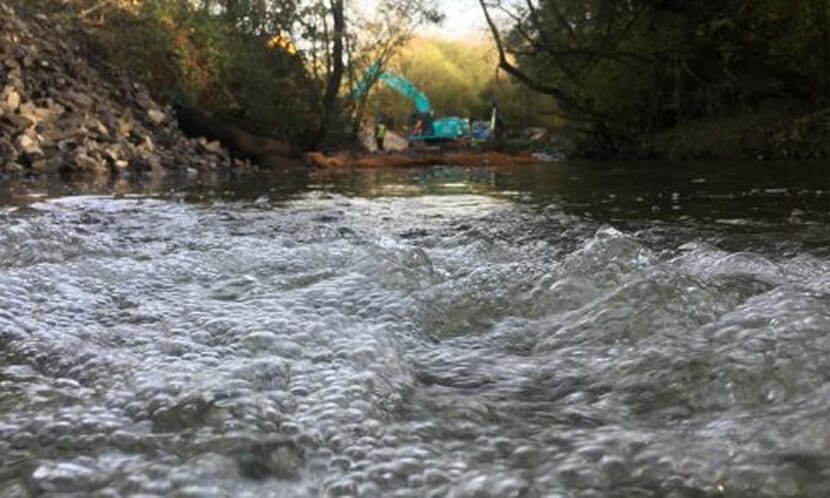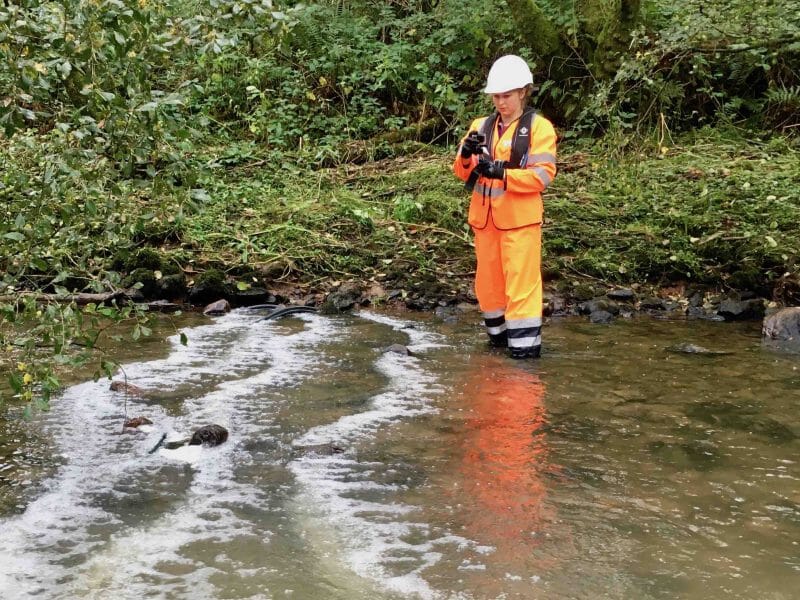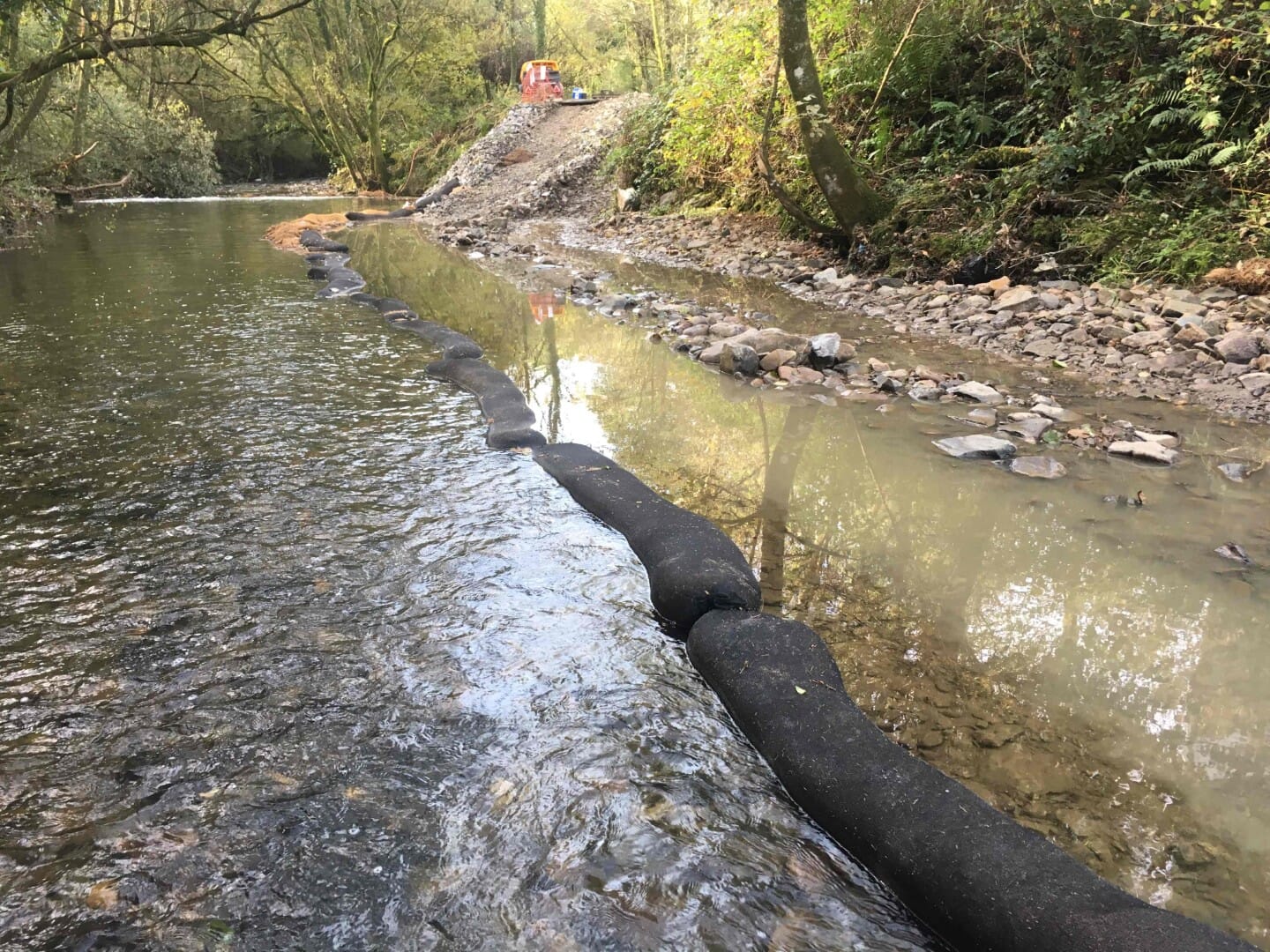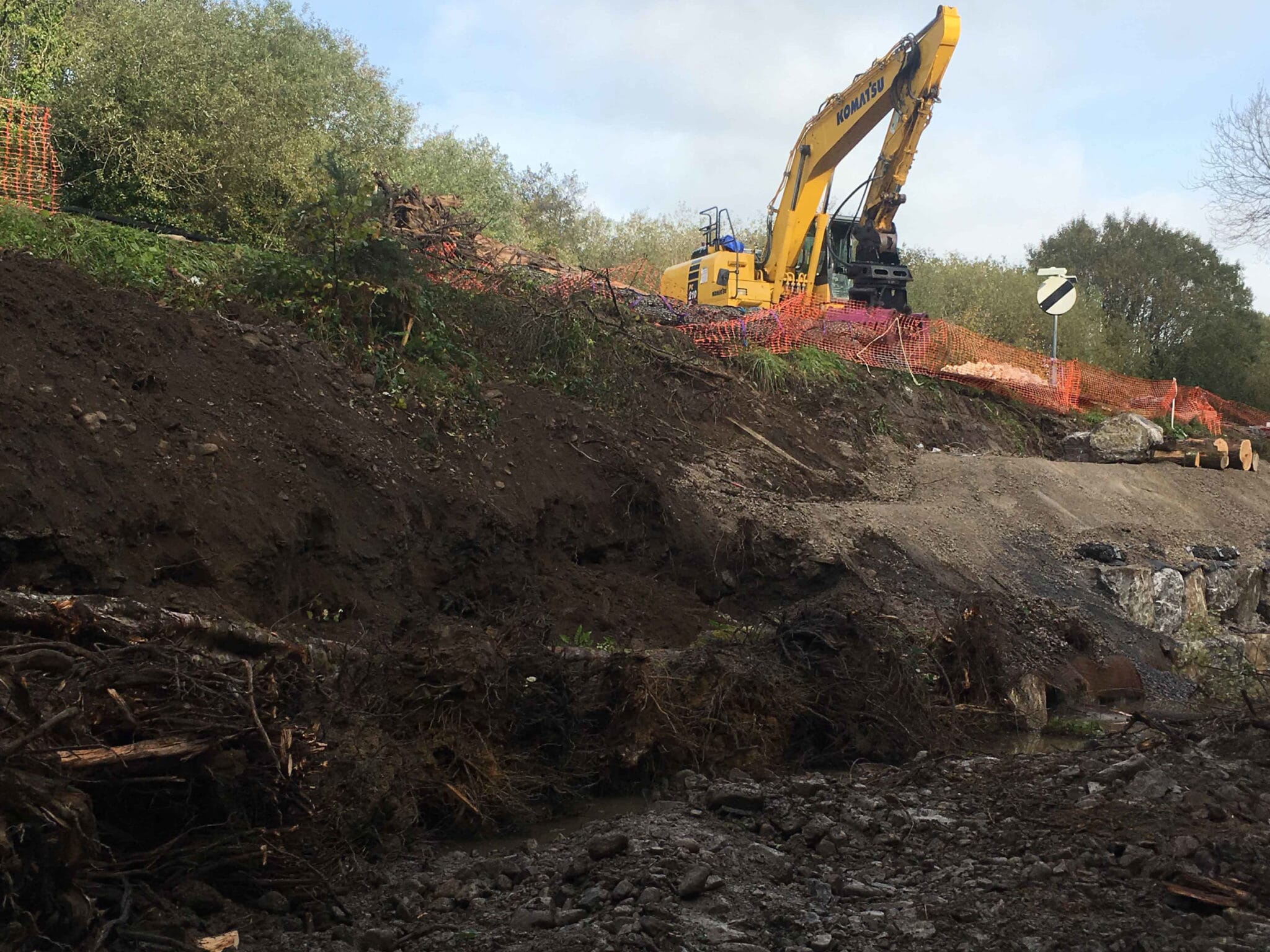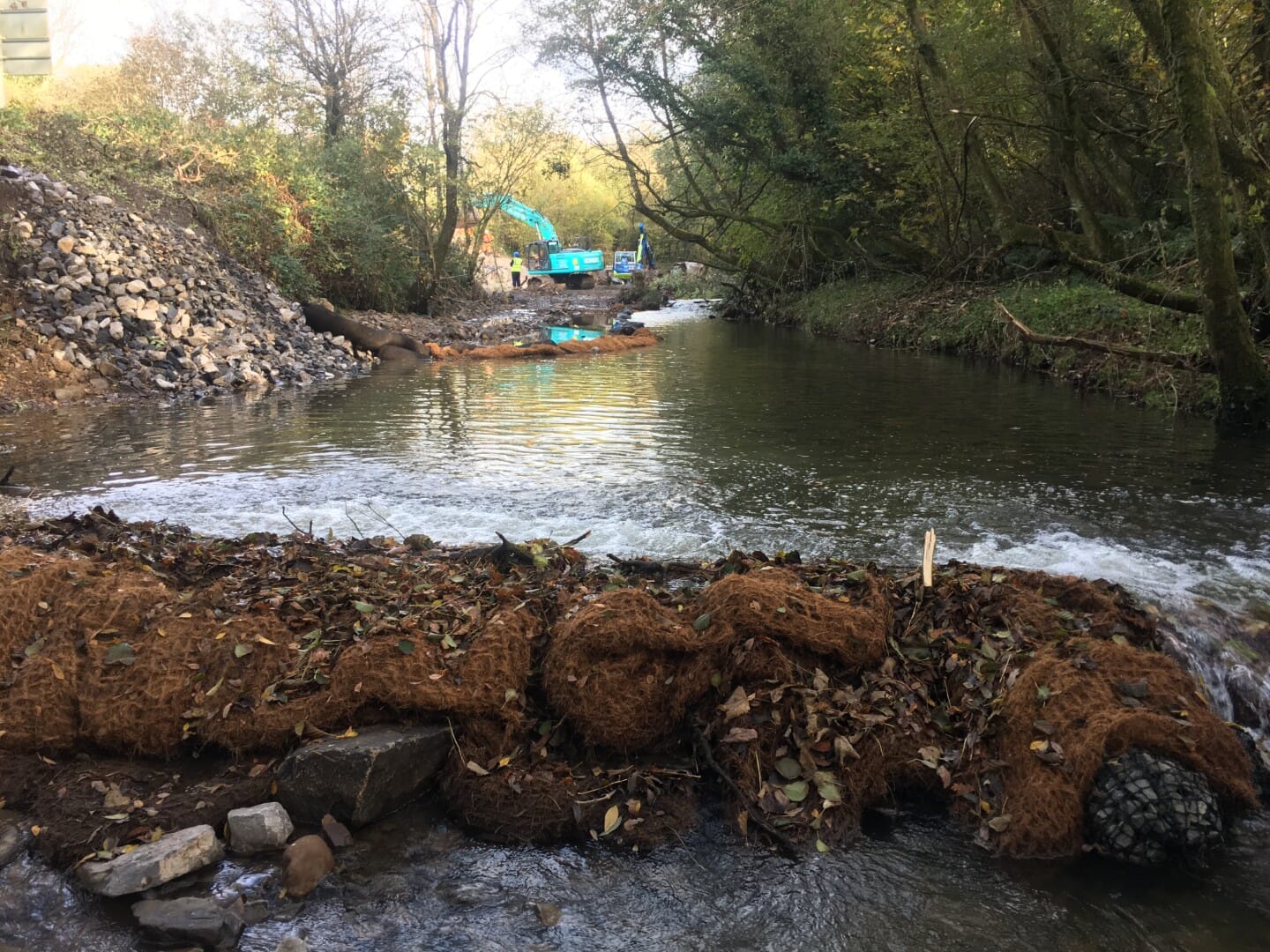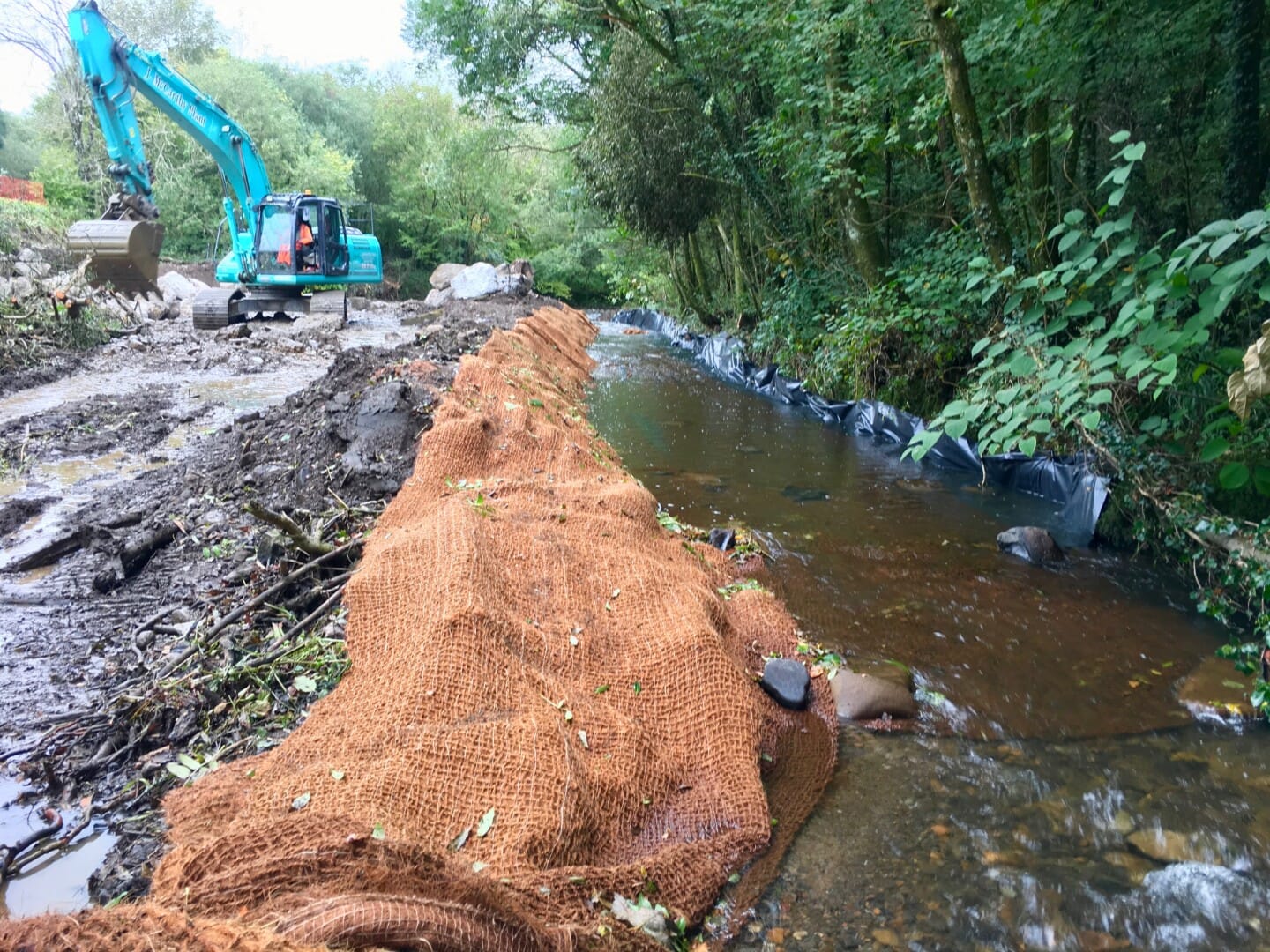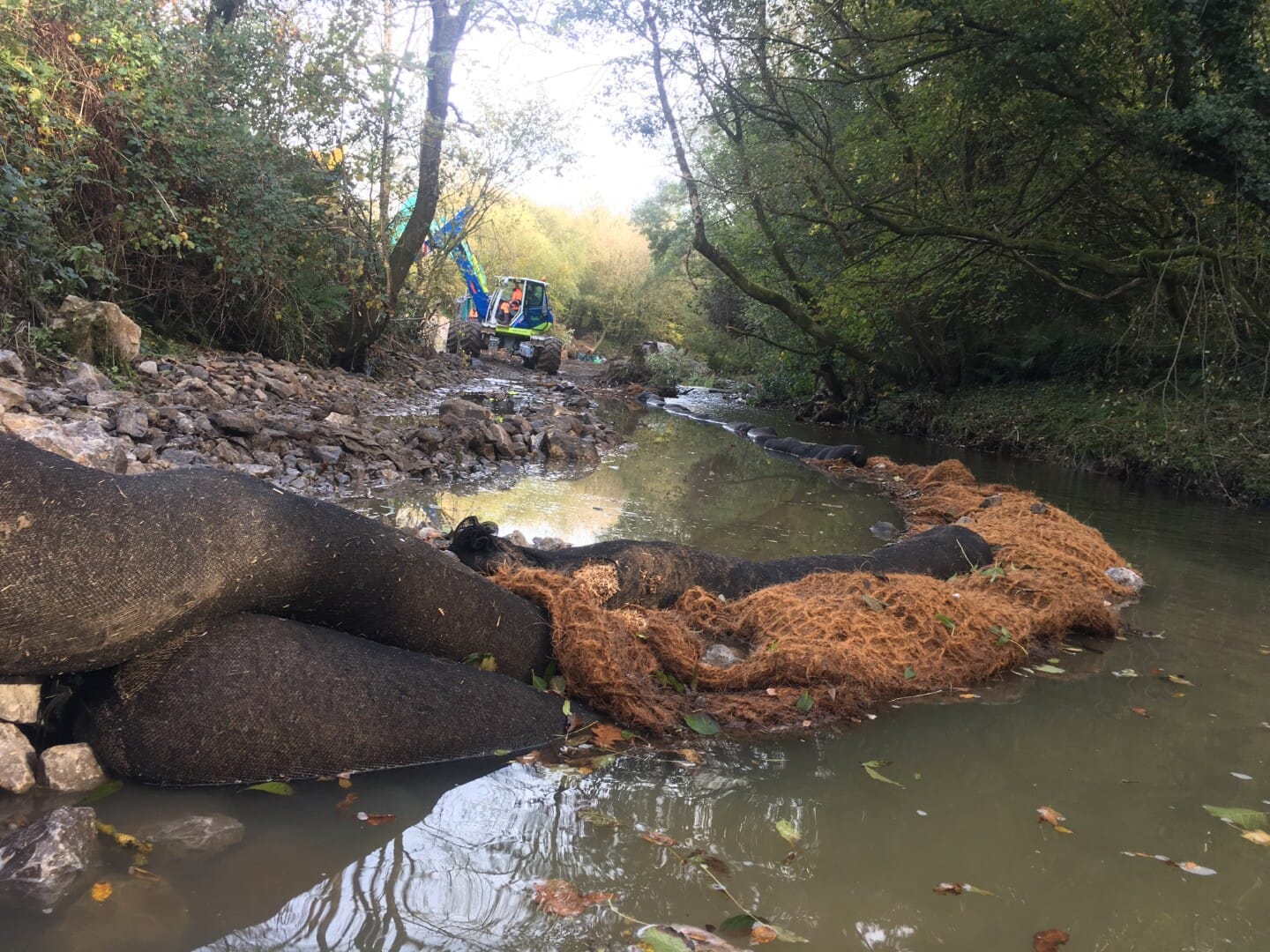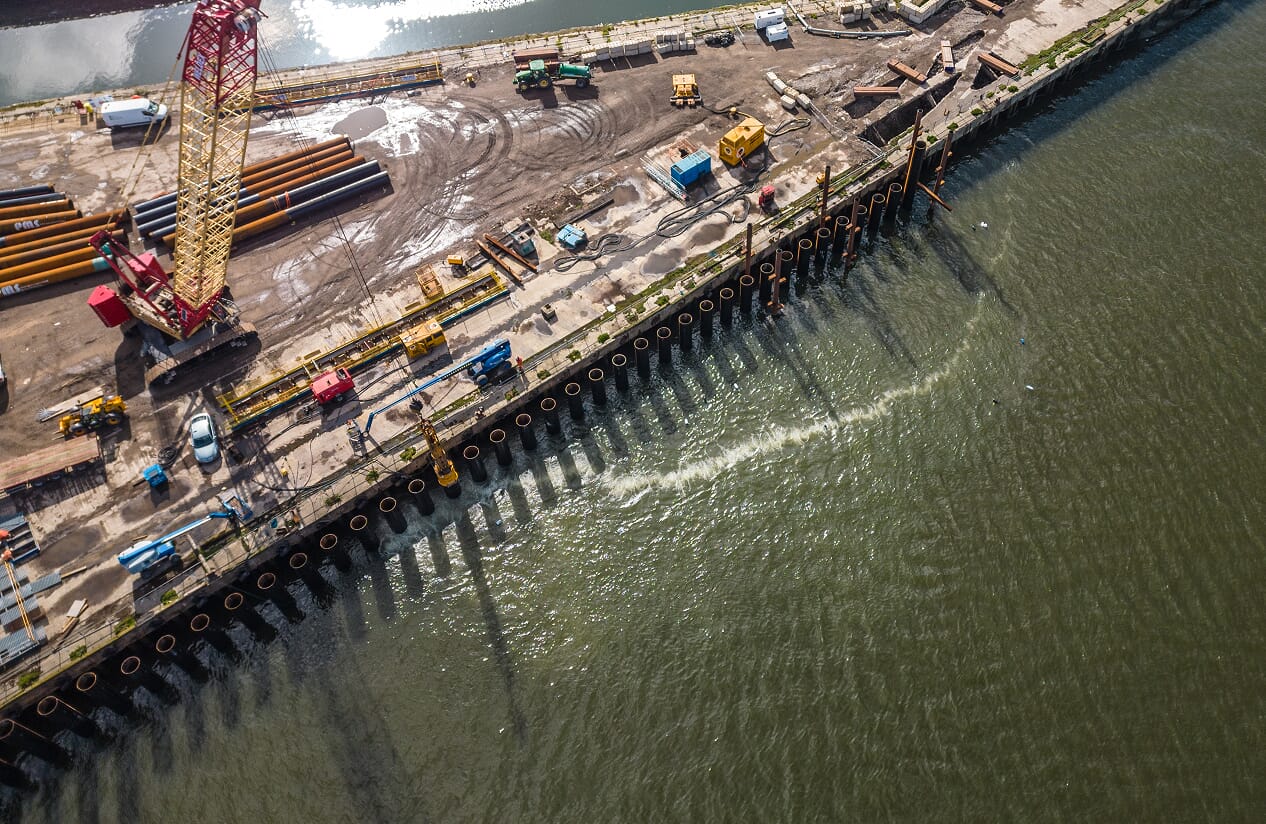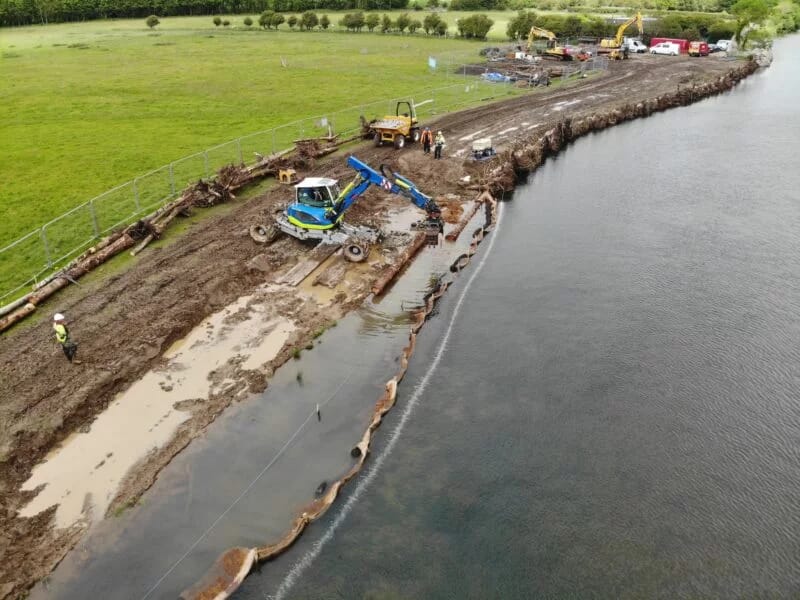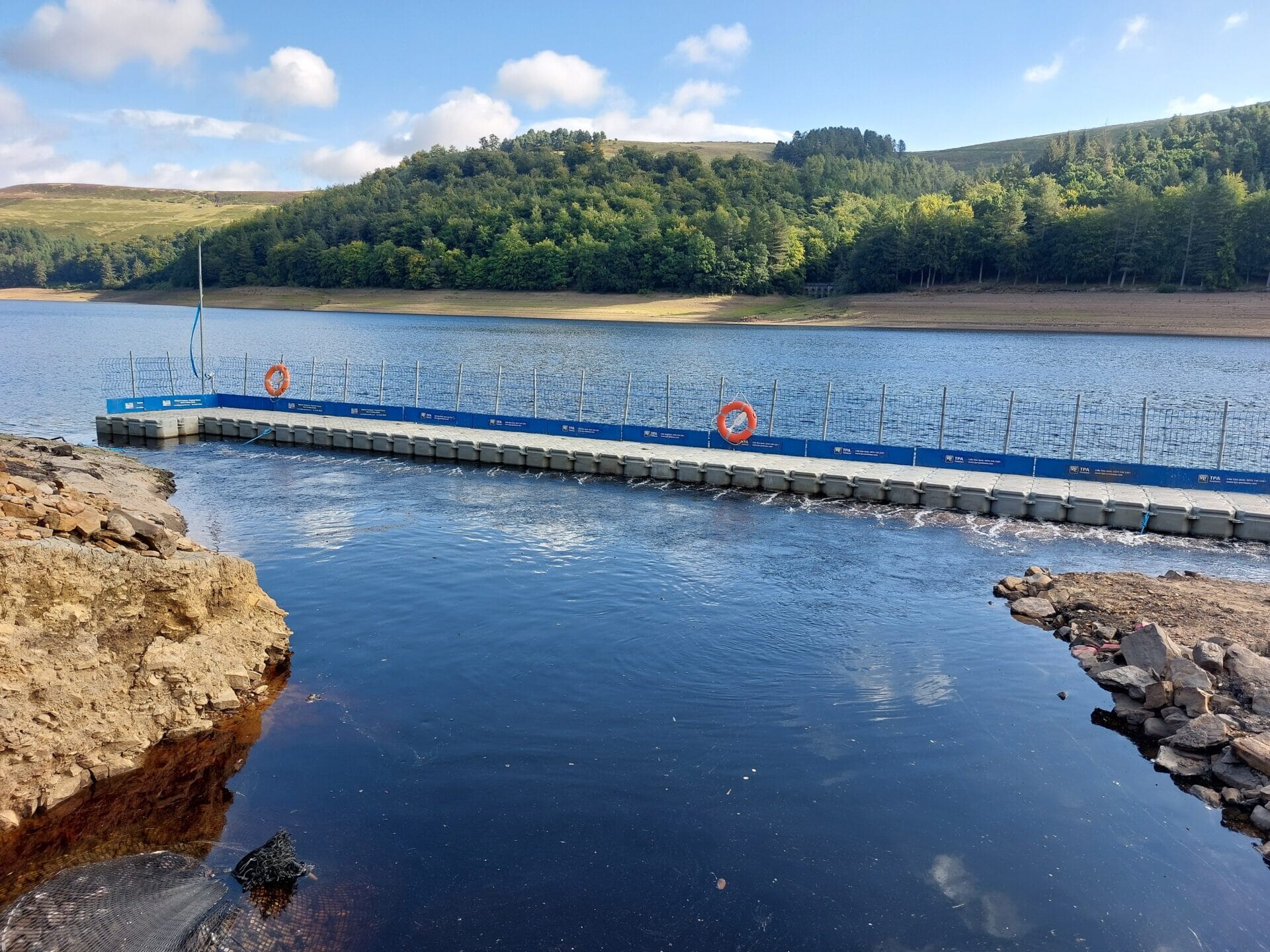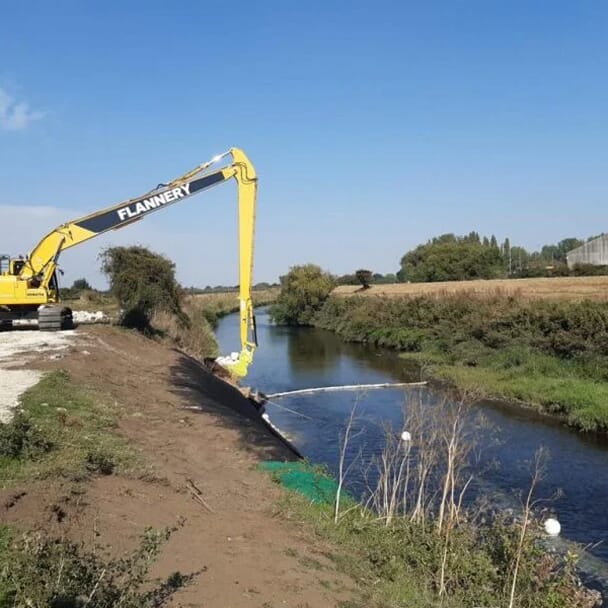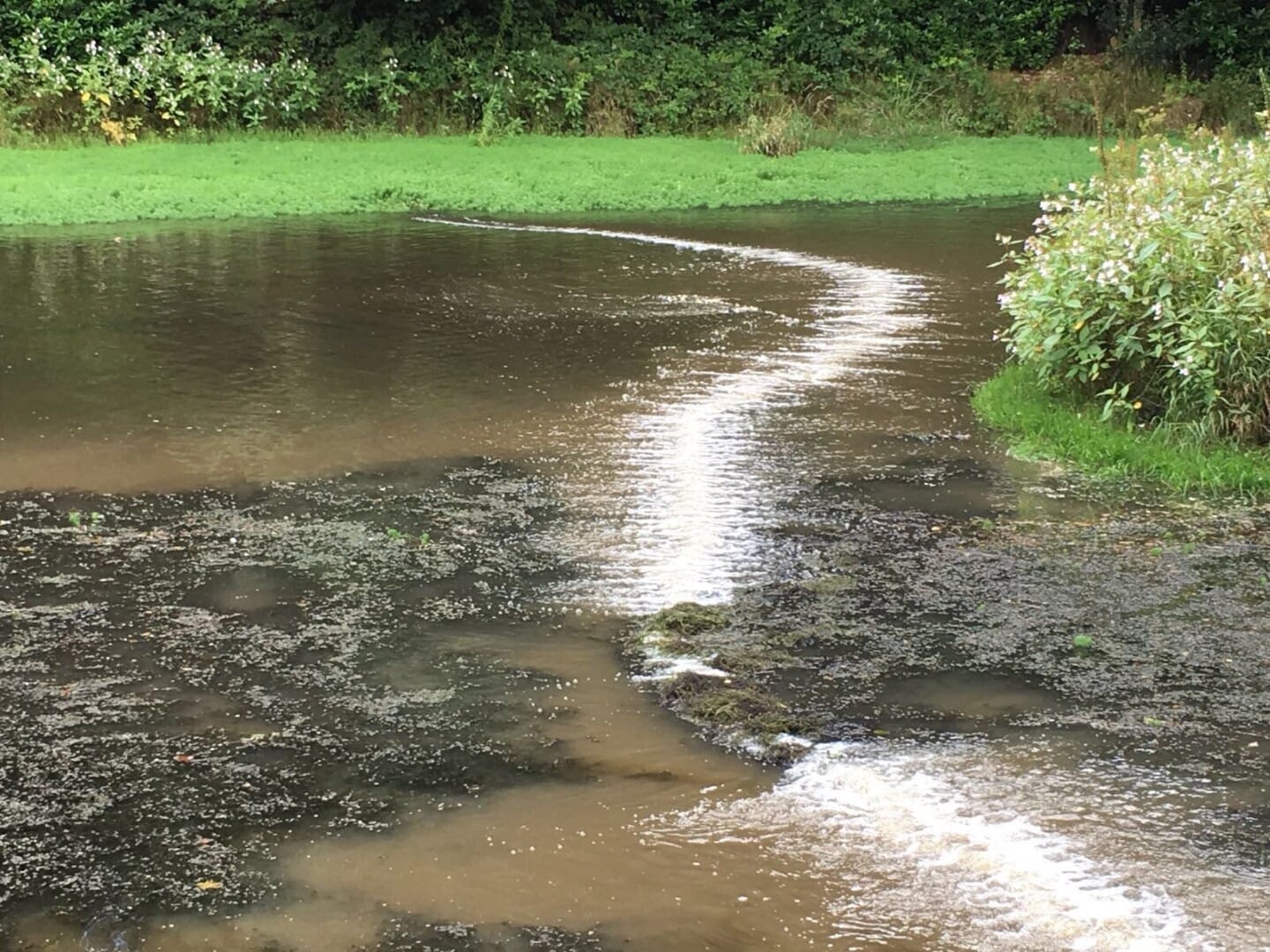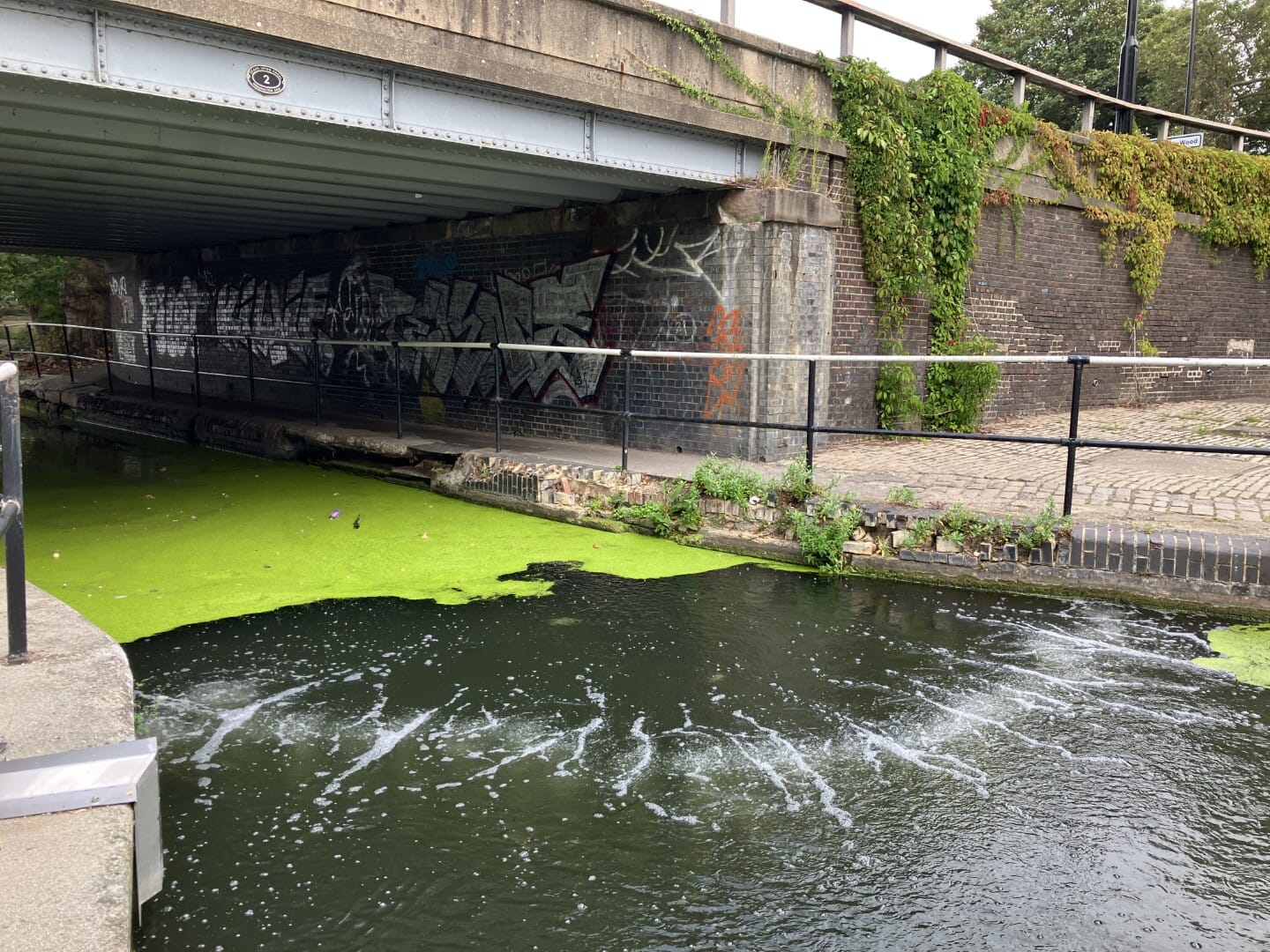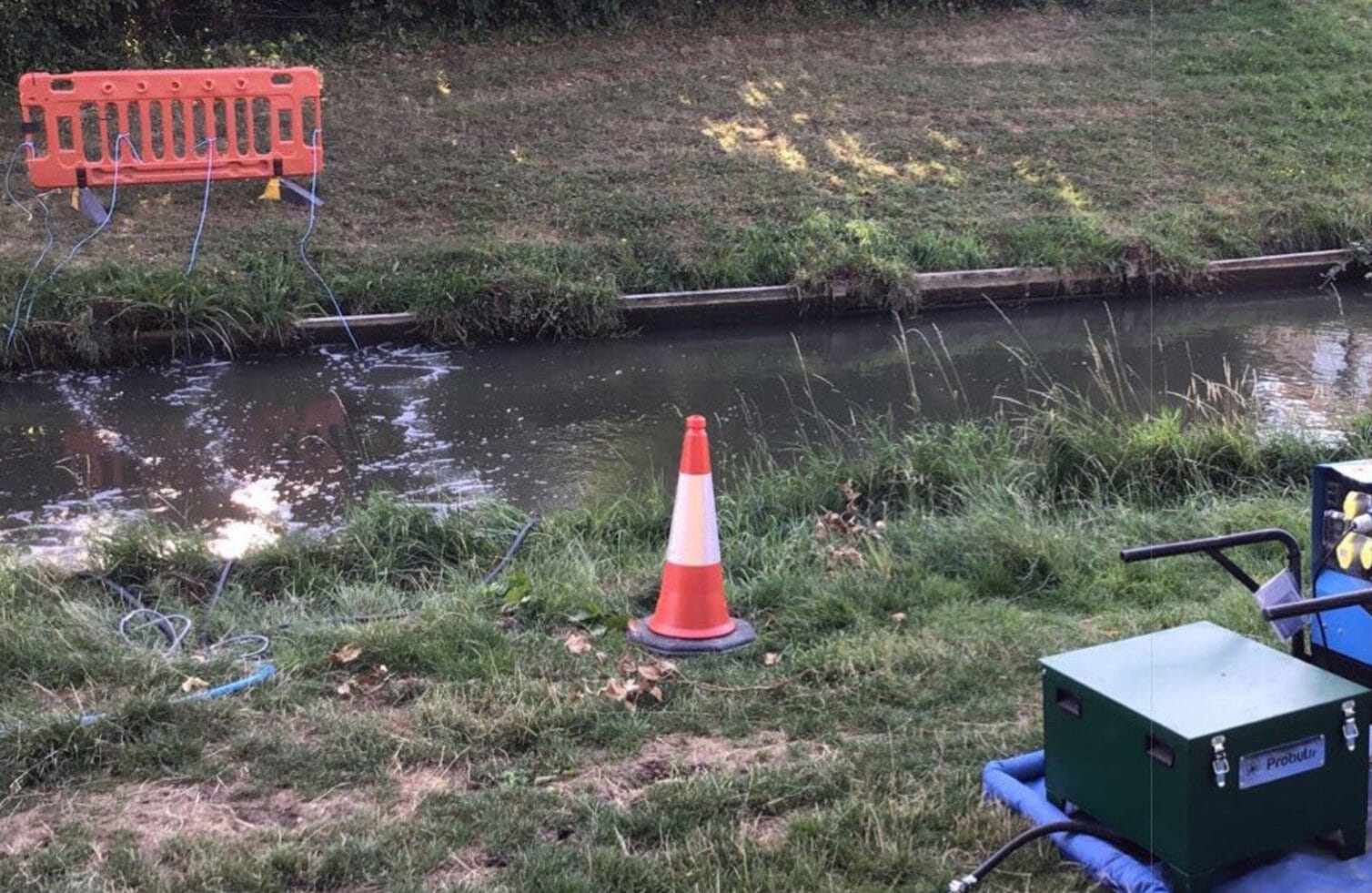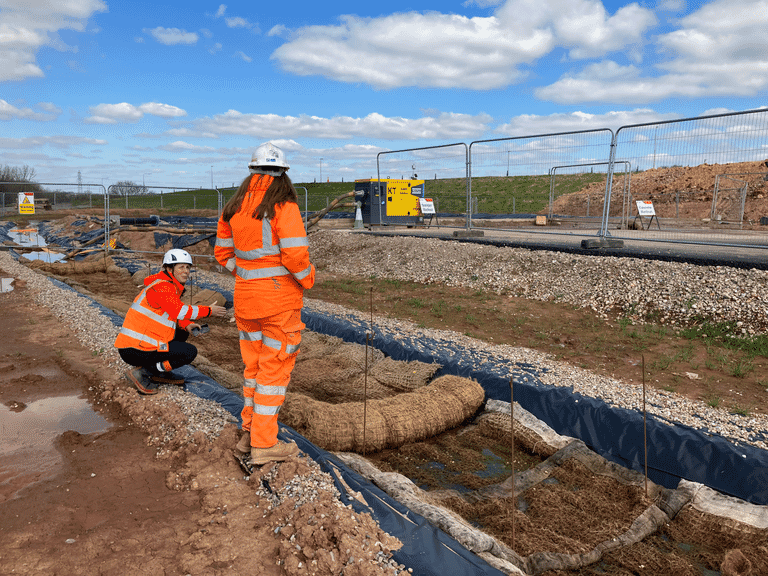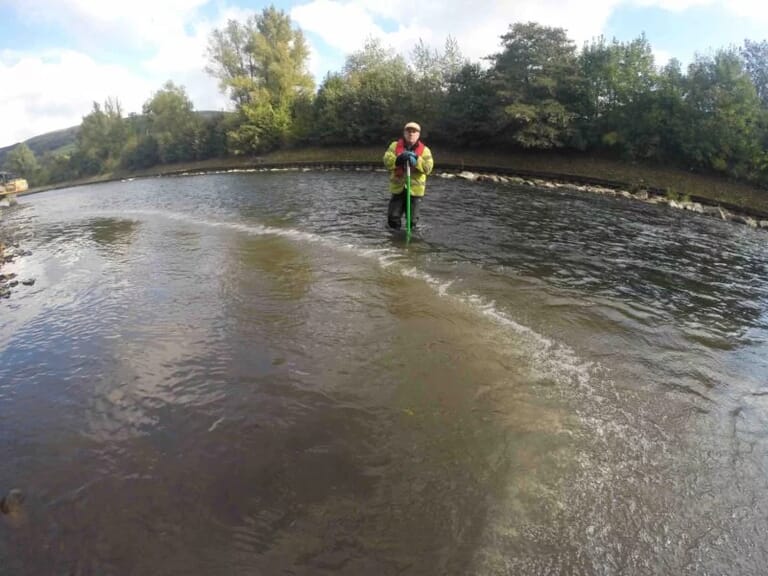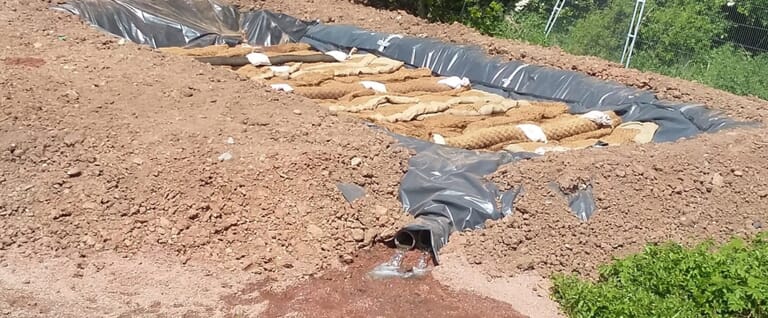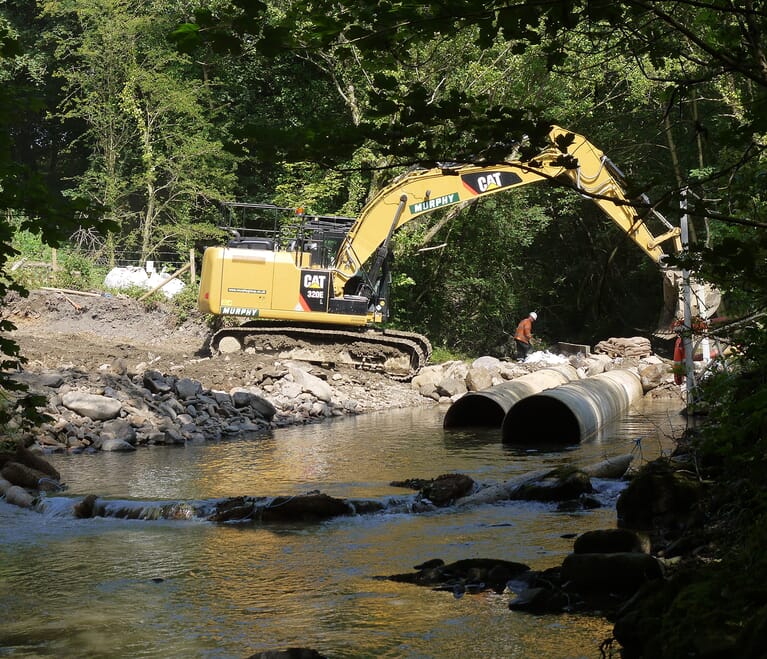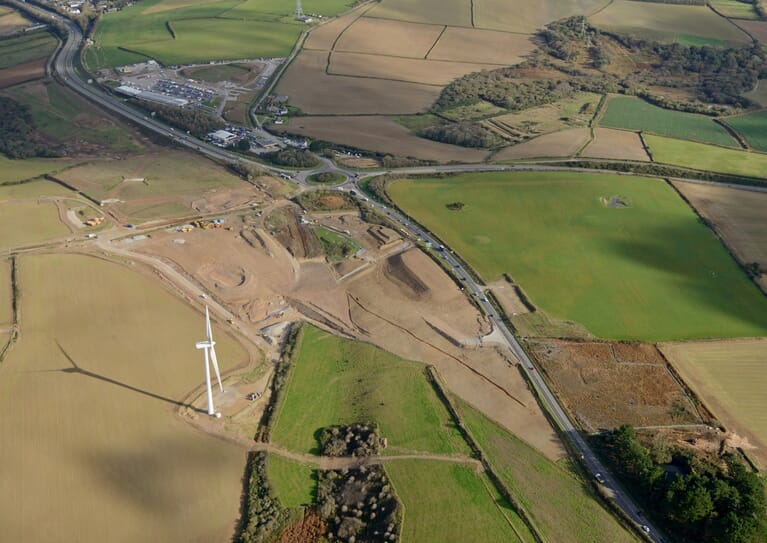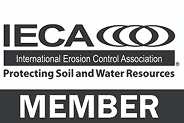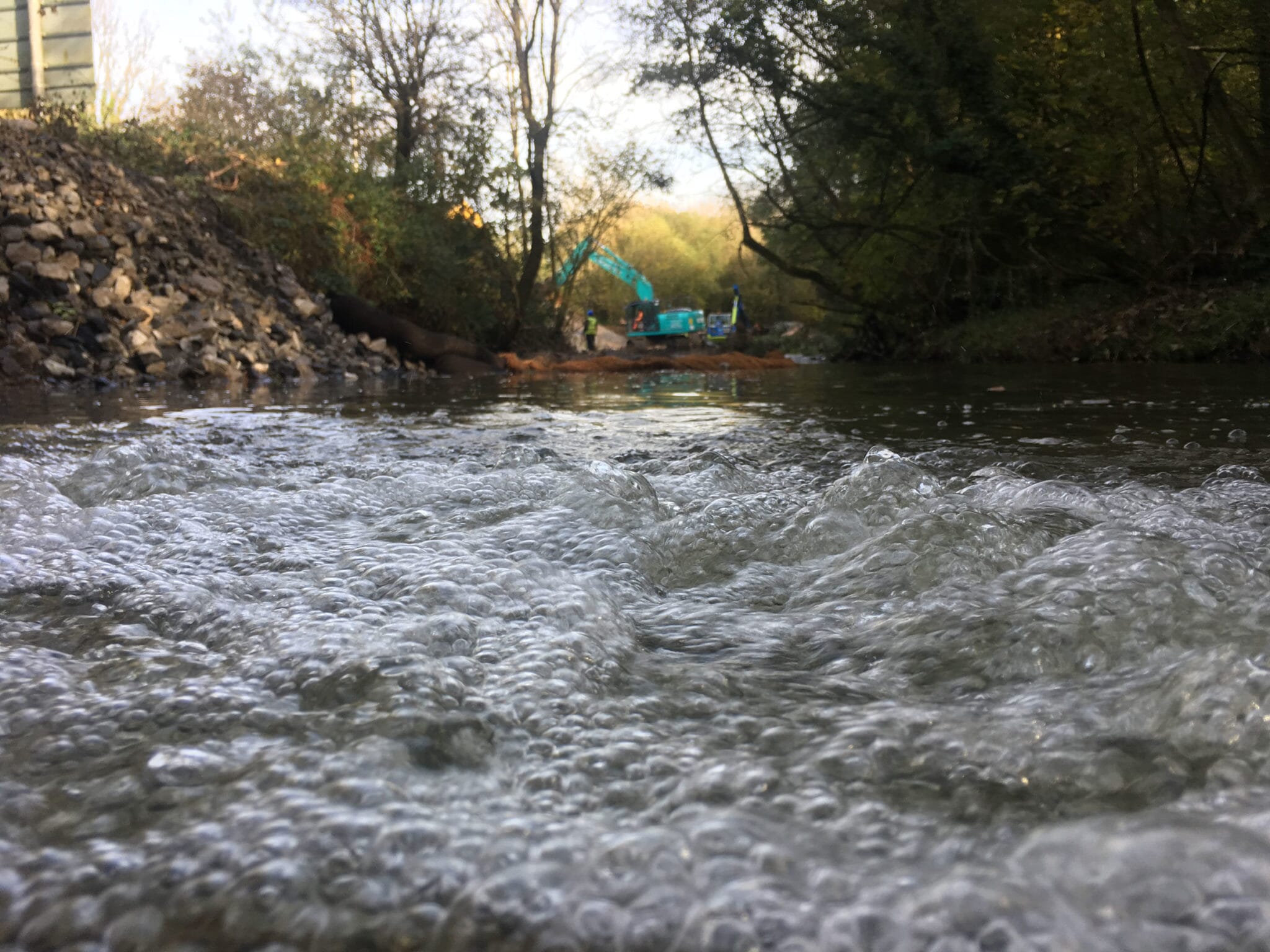
Case Study
Preventing silt pollution whilst working in rivers
Construction, Infrastructure & DevelopmentClient
Salix
Location
Afon Gwili, Wales
Objective
In-river activity and bank repair works
Challenge
Pollution risks associated with construction in rivers
The challenge
Preventing pollution whilst working in rivers is a serious challenge for all contractors who work in and around water.
Working on the bed or banks of a river whether installing bank protection, de-shoaling or creating a river crossing can result in high levels of suspended solids being passed downstream.
Silt control measures are essential for nearly all construction projects near rivers or in channel. Silt plumes can have a negative environmental impact and can draw the attention of the regulator.
The Afon Gwili in Carmarthenshire is a tributary of the River Loughor. It is an important river for migratory fish including the sea trout and salmon, the catchment management plan focusses on improving water quality and protecting the river corridor habitats.
River bank stabilisation works had to be scheduled on the Afon Gwili to protect the adjacent highway and reduce high levels of erosion.
Constraints on site included the close vicinity of the road, an ancient woodland on the opposite bank, and the presence of Japanese Knotweed.
These constrictions meant that heavy plant entering the river channel was unavoidable and pollution prevention plans would be essential to minimise disturbance to the bed and banks of the river.
The solution
Given the sensitive nature of the river environment and the need to work entirely without chemicals, we implemented a range of measures designed to protect water quality and stop silt from travelling downstream in the Afon Gwili.
The first action was to create a dry working area whilst facilitating the need to move machinery in and out the steep sided channel.
A flow diversion channel was created using an impermeable liner covered with Silt Net, a natural fabric to increase friction and support the entrapment of solids.
We attended the site and worked closely with the contractor to assess risk of causing an incident.
We introduced a range of products including: untreated Floc Mat®, SiltNet, Bubble Tubing®, Silt Mat™ and Silt Wattles.
We undertook water quality testing to support compliance and ensure the interventions were working as planned. Total suspended solids (mg/l) and turbidity (NTU) were measured at the point of works, then following each of the silt control interventions.
The results
99.4% reduction in total suspended solids (TSS)
TSS was recorded at over 2000 mg/l at the point of works. Following our silt control interventions these levels dropped to 12 mg/l. Well below the regulator’s requirement.
94% total reduction in turbidity
Turbidity as a measure of the discolouration of the water reflected the same reduction, lowering incrementally from 161.43 NTU at the point of works to 85.76 NTU, 17.53 NTU and finally 9.63 NTU after the final control measure.
The products
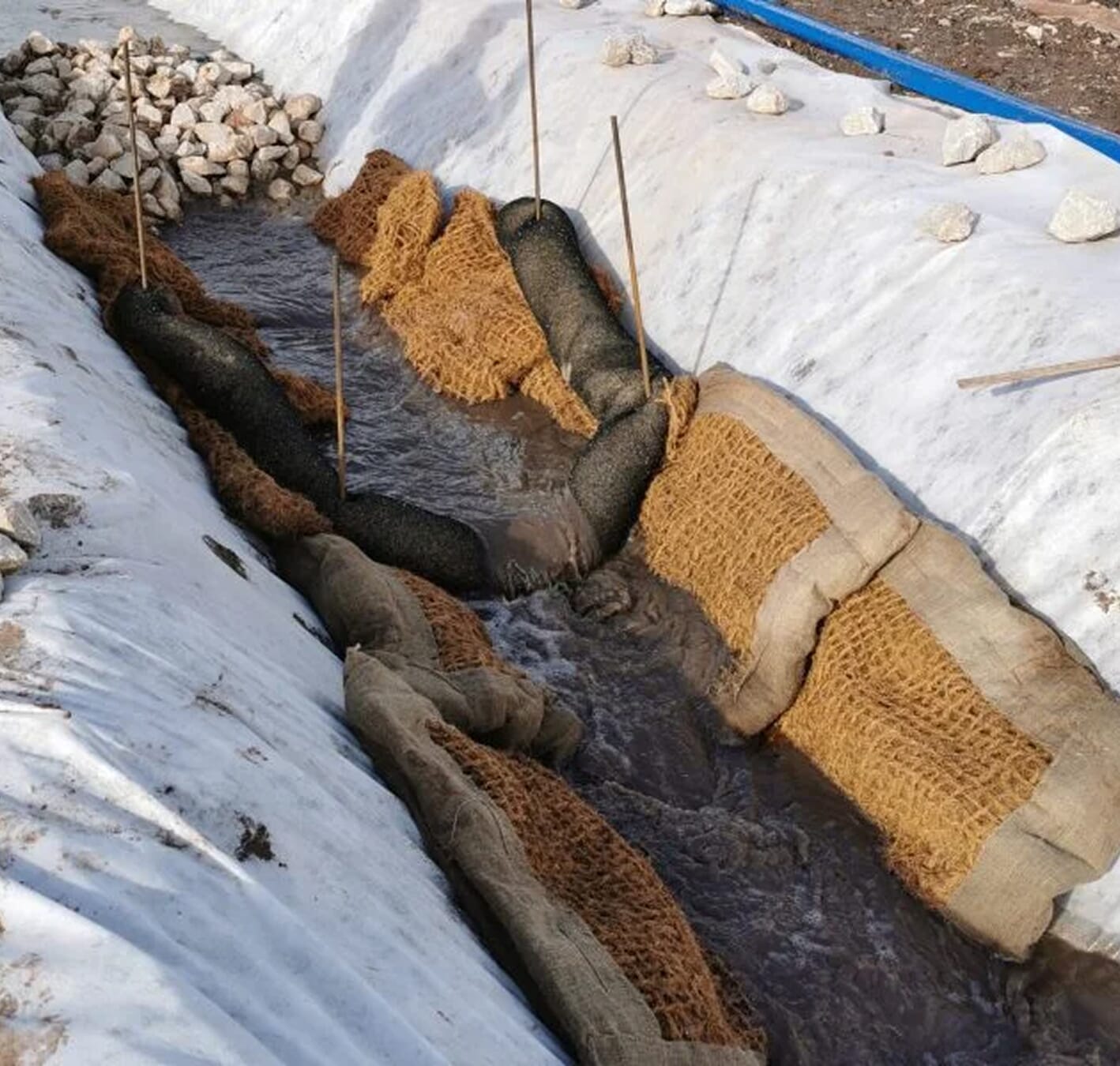
Silt Mat™
- Cost effective silt pollution control on site
- 100% biodegradable for easy disposal or seed onsite
- Can be used on land, in ditches, streams or rivers
- Unique heavy-weight design delivers longevity on site
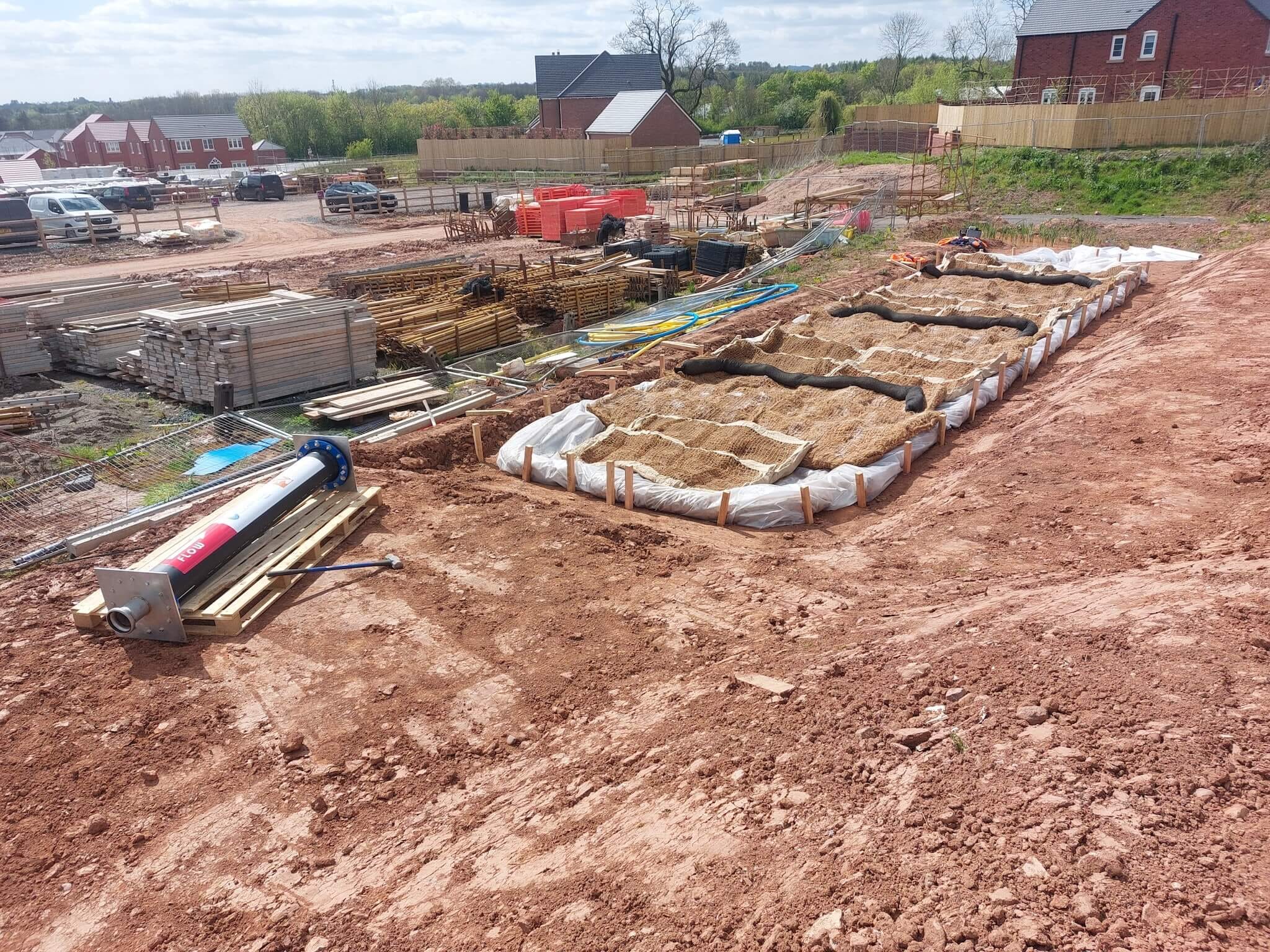
Silt Wattle
- Traps sediment, slows runoff and captures soil
- Flexible enough to work on slopes and uneven ground
- Quick to install, lightweight and easy to place
- Offers a cost-effective silt and erosion control option
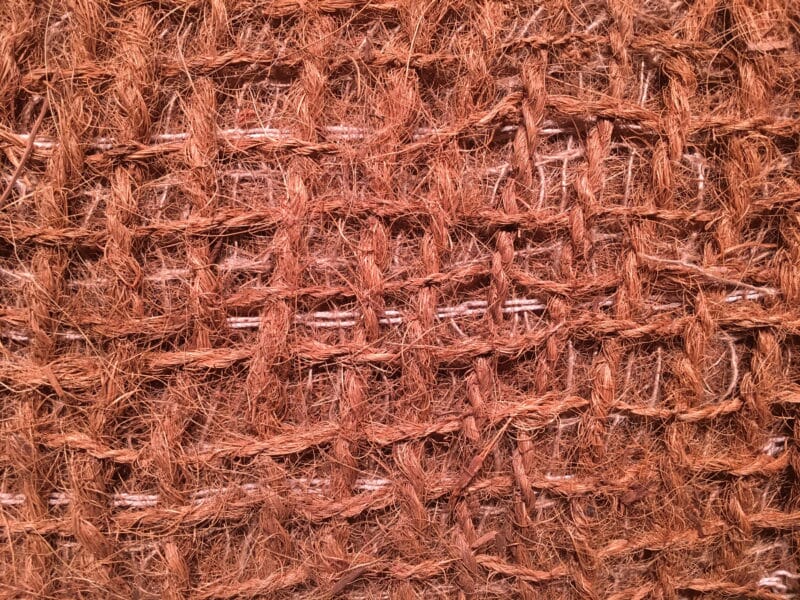
Silt Net
- Supplied in treated and un-treated versions
- Deployed in ponds and lagoons to break flow pathways
- Treats fine particles and encourages particle settlement
- Fully biodegradable product
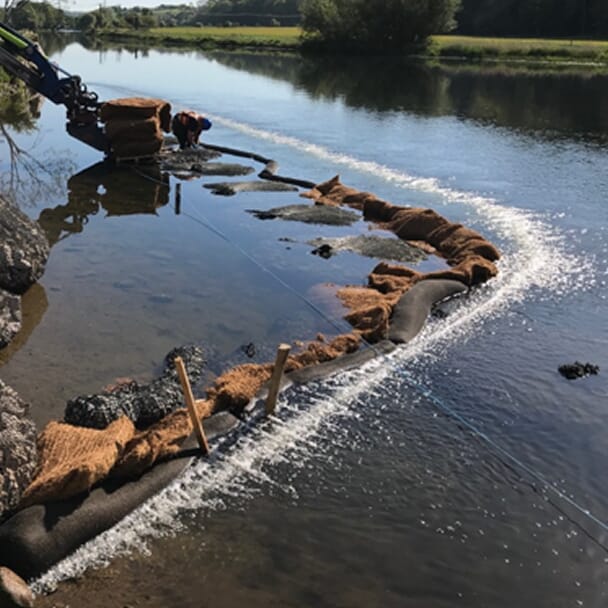
Silt & Debris Bubble Barriers
- Controls sediment plumes, preventing silt and debris spreading in water
- Protects habitats by shielding sensitive aquatic life and ecosystems
- Creates a flexible silt control barrier that is designed to adapt to varying water depths
- Quick to deploy and remove without inhibiting navigation
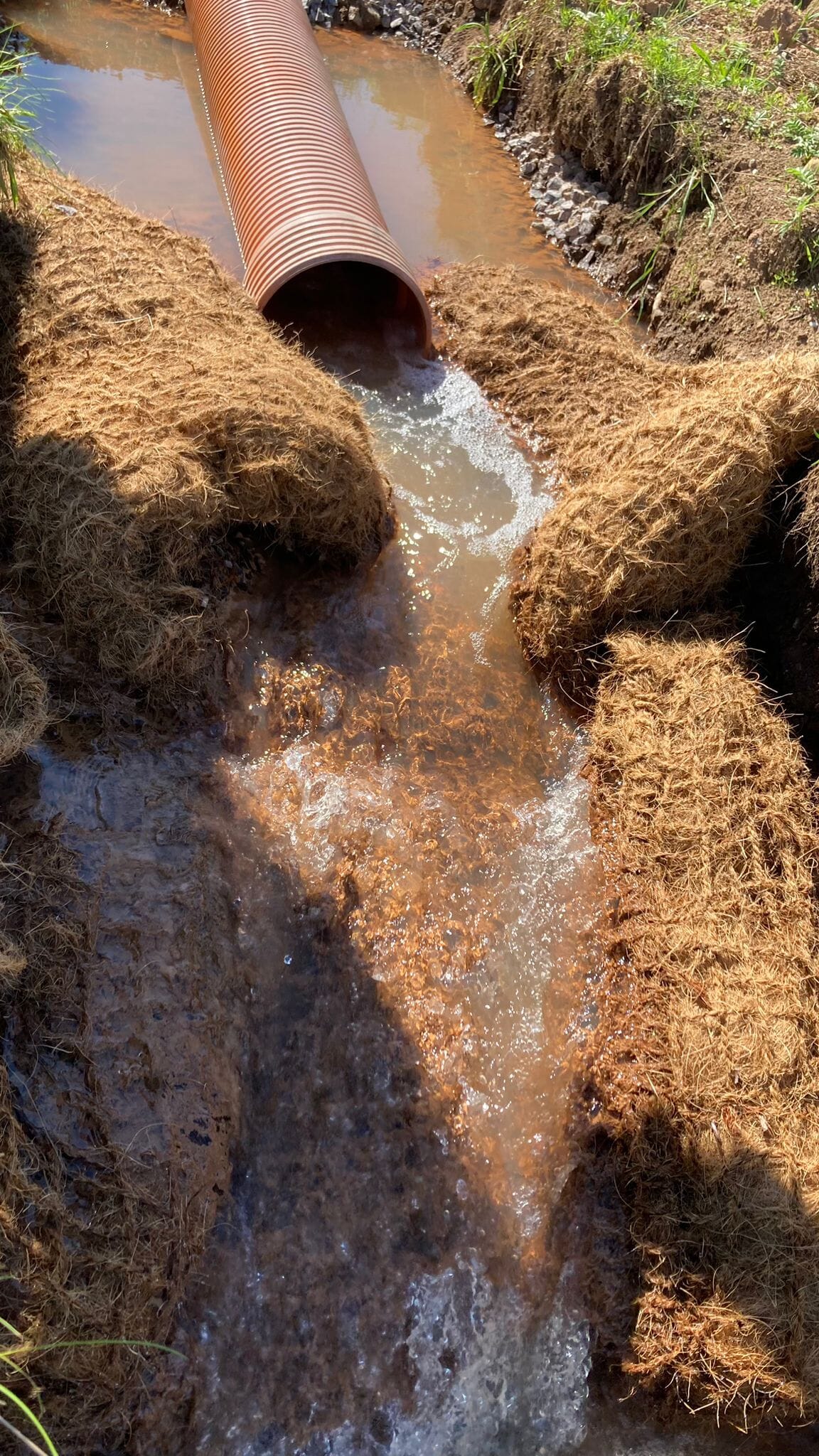
Floc Mat®
- Low cost, low carbon way to treat clay-impacted water run-off
- Can be used on land and in ditches
- 100% biodegradable for easy disposal or seed onsite
- Simple to deploy and highly effective at controlling fine particle silt pollution
